Red Bull faces wind tunnel discrepancies
Red Bull's Christian Horner reveals their performance struggles stem from a critical mismatch between wind tunnel data and on-track reality, likening it to "looking at two different watches" as the team seeks solutions.
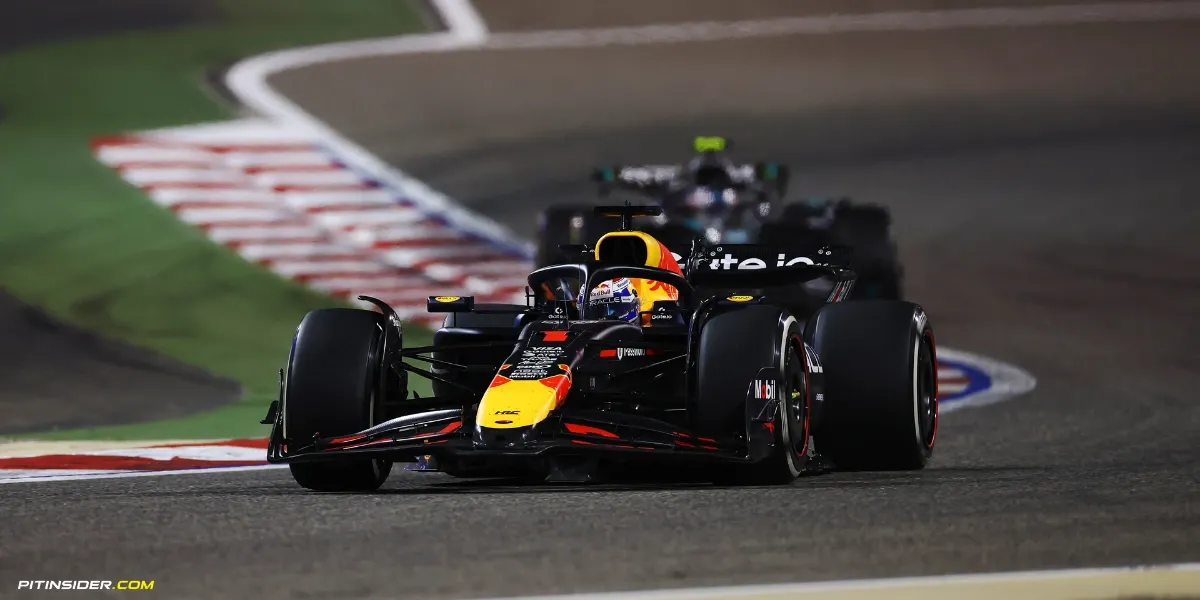
Team principal reveals crucial mismatch between simulation tools and track performance as defending champions struggle in early 2025 season
Red Bull's unexpected performance slump has been traced to a fundamental disconnect between wind tunnel data and real-world track performance.
Team principal Christian Horner has pinpointed this critical issue as the primary cause of the team's difficulties in the opening races of the 2025 Formula 1 season.
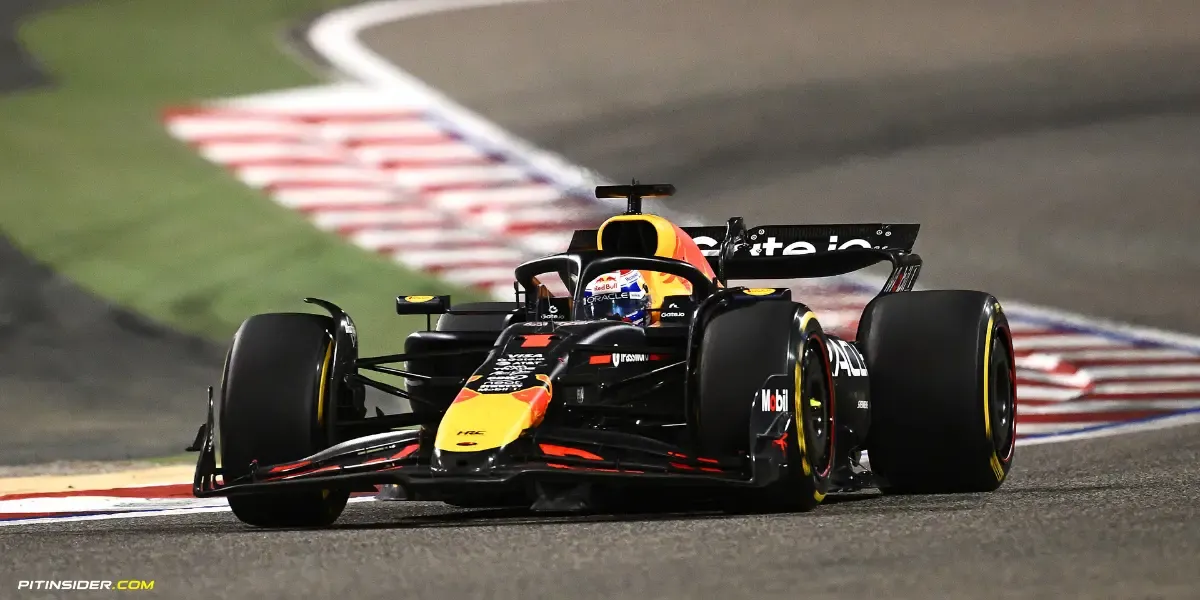
Correlation problems plague RB21 development
Despite Max Verstappen's victory in Japan, Red Bull's usual dominance has notably diminished since late 2024.
This performance decline prompted 'crisis' talks among team leadership after a particularly disappointing showing at the recent Bahrain Grand Prix.
Horner's assessment of the situation highlights a fundamental engineering challenge.
"The problem is that the solutions with what we see within our tools compared to what we're seeing on track at the moment aren't correlating," Horner explained.
The team principal employed a striking metaphor to illustrate the problem.

"When you end up with a disconnect like that, you have to obviously unpick it," he said.
"It's literally the tool isn't replicating with what we're seeing on the track and then it's at that point, it's like telling the time on two different watches."
Last year’s problems persist
The current problems appear to be a continuation of challenges Verstappen faced during his 2024 title defense.
Horner confirmed the team is battling "similar" technical issues to those experienced last year.
The specific handling problem has been clearly identified.
"It's the entry phase into the mid-corner that needs addressing and giving him [Verstappen] the ability and grip and confidence that takes carry speed into entry of corners,"

Horner detailed.
"Now that's fundamentally an aero issue that we need to be able to give him that grip."
While setup adjustments provided temporary relief in Suzuka, the Bahrain race exposed deeper flaws.
"I think this race has exposed some pitfalls very clearly that we have that we need to get on top of very quickly," Horner admitted.
Relying on track data rather than simulation
With their simulation tools proving unreliable, Red Bull has shifted strategy to prioritize real-world information.
"As we're accumulating track data, it's the track data that's driving the solutions," Horner stated.
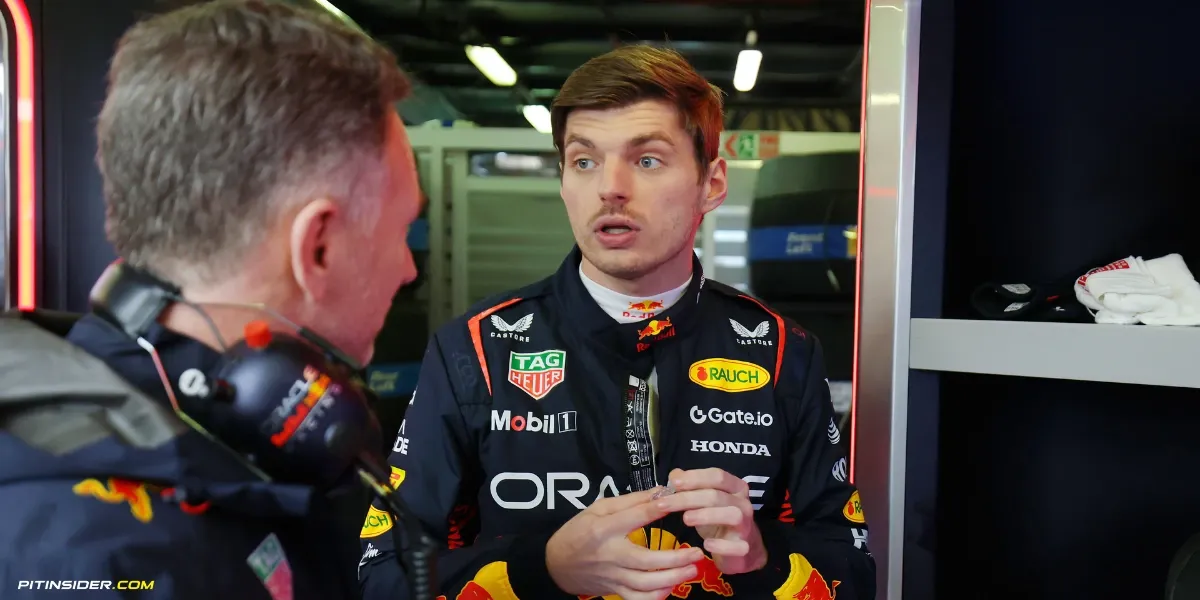
This approach represents a significant deviation from normal development processes, where wind tunnel testing typically guides design decisions.
The situation is particularly challenging given the maturity of the current regulatory cycle.
"We're at the end of a set of regulations where the gains are very, very marginal and I think we're seeing some of the shortcomings in our current tunnel," Horner explained.
New facility
While Red Bull is constructing a new wind tunnel facility, this infrastructure upgrade won't arrive in time to address current issues.
"We have a new tunnel coming online for '27 but we have the current tool certainly for another 18 months or so," Horner confirmed.
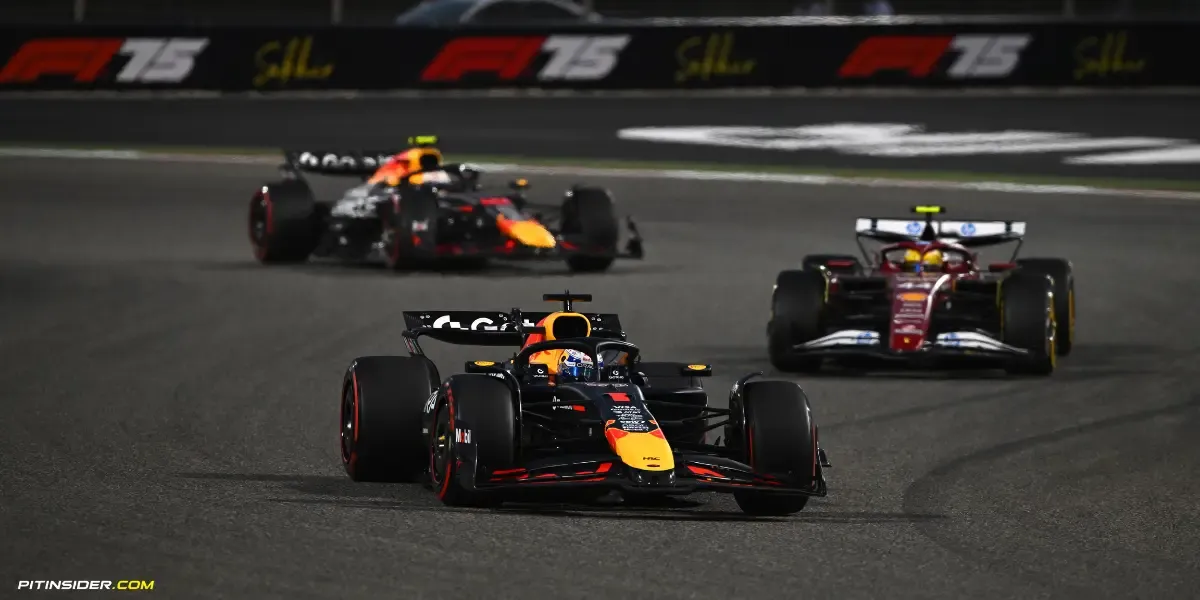
Though the project is "currently ahead of schedule," it remains targeted for implementation in 2027—well after the introduction of new technical regulations in 2026.
The timing is unfortunate as other teams have made significant progress.
Both Haas and Mercedes have achieved performance gains despite the stable regulations, while Red Bull has struggled to resolve its ongoing issues.
Horner remains focused on the championship battle despite these challenges.
"It's a 24-race championship, we're eight points behind in the drivers' championship and we know we need to make progress very quickly," he emphasized.
With Verstappen still in title contention, the team's ability to overcome these technical hurdles could prove decisive in determining whether Red Bull can maintain its position at Formula 1's summit in 2025.




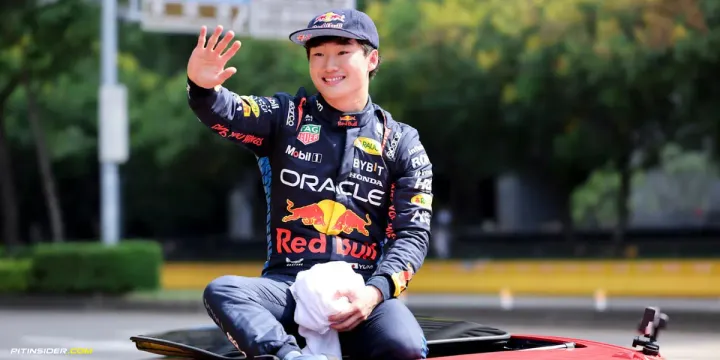
Comments ()